Gum Grafting
Gum health is one of the most important aspects of overall oral health. Gum recession is a common problem that many people face, and if left untreated, it can lead to serious tooth loss. Gum grafting (gum transplant) is an effective surgical treatment used to address such issues. When gum recession exposes tooth roots, aesthetic concerns and tooth sensitivity may arise. At LHC Clinic, we offer the best treatment methods to help you preserve your gum health and achieve a healthy smile.
What is Gum Grafting?
🧵 What Is Gum Grafting?
Gum grafting is a surgical procedure used to reconstruct lost gum tissue due to gum recession. This procedure is applied to protect tooth roots, improve the aesthetic appearance of the teeth, and support oral health.
Gum recession can be caused by poor oral hygiene, aggressive brushing, teeth grinding, or genetic factors. With grafting, healthy tissue is added to restore the gum tissue to its original form and return the gum line to its natural state.
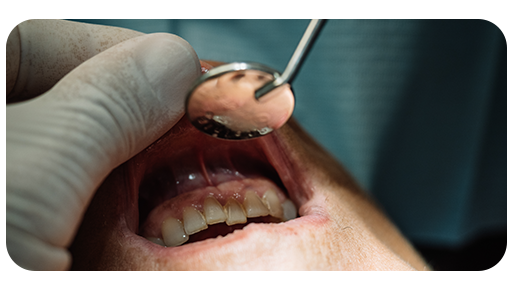
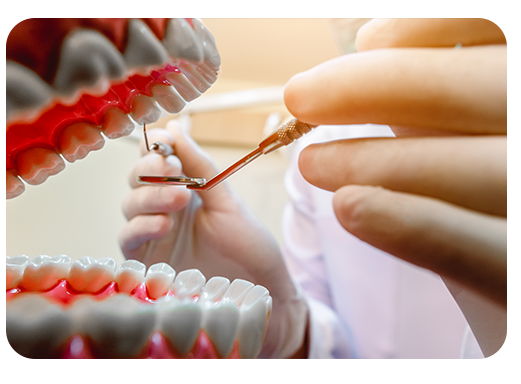
Why is Gum Grafting Performed?
🎯 Why Is Gum Grafting Performed?
- Protecting Tooth Roots: When the gums recede, the tooth roots become exposed, leading to sensitivity, decay, and even tooth loss. Grafting covers the exposed roots and eliminates these risks.
- Improving Aesthetic Appearance: Gum recession can cause teeth to appear longer than normal. Grafting restores the gums to their original position, providing an aesthetic look.
- Supporting Oral Health: Healthy gum tissue helps prevent plaque buildup and gum disease, preserving oral health.
- Preventing Periodontal Disease: If left untreated, gum recession can lead to the progression of periodontal disease. Grafting helps prevent these conditions.
How is Gum Grafting Performed?
🦷 How Is Gum Grafting Performed?
- Examination and Preparation: The dentist assesses the patient's oral structure and determines the extent of gum recession. X-rays may be taken if necessary.
- Tissue Harvesting: The tissue required for the graft is typically taken from the patient's palate. Alternatively, artificial grafts or donor tissue may also be used.
- Tissue Placement: The harvested tissue is carefully placed in the recessed area and fixed.
- Healing Process: After the procedure, the patient must follow specific instructions and visit the dentist regularly for follow-up appointments.
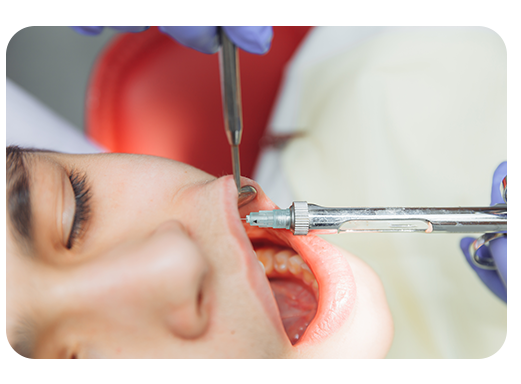
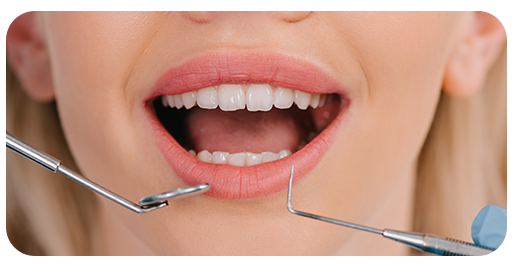
Who is a Candidate for Gum Grafting?
🦷 Gum Grafting is Suitable for Patients Who Experience:
- Tooth sensitivity due to gum recession
- Exposed tooth roots
- Aesthetic concerns regarding gum recession
- Individuals at risk for advanced periodontal disease
Post-Procedure Care for Gum Grafting
🦷 Aftercare Tips for a Healthy Recovery After Gum Grafting:
- Eat Soft Foods: Avoid hard and spicy foods; choose soft foods to prevent damaging the gum area.
- Maintain Oral Hygiene: Use the oral care products recommended by your dentist to maintain good oral hygiene.
- Regular Checkups: Attend follow-up appointments as scheduled to monitor the healing process.

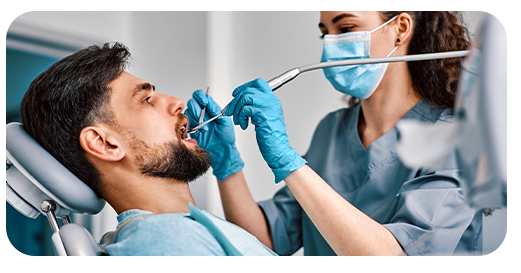
Is Gum Grafting a Safe Procedure?
✅ Is Gum Grafting Safe?
Yes, gum grafting is a safe and effective procedure when performed by a skilled dentist. At LHC Clinic, we provide the most comfortable treatment options using modern medical techniques. However, as with any surgical procedure, patients must follow instructions carefully and monitor the healing process.
How Long Does Gum Grafting Take?
⏱️ How Long Does Gum Grafting Take?
Gum grafting typically takes between 45 minutes and 1 hour. The duration of the procedure depends on the type of graft used and the patient's specific condition. The recovery process usually takes about 1-2 weeks.
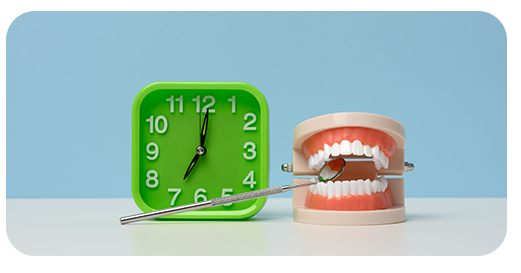

Will There Be Pain After Gum Grafting?
💊 Pain and Discomfort After Gum Grafting
Mild discomfort or pain may be felt after the procedure, but this can be controlled with pain medication prescribed by the dentist. Following the recommended care routine will help minimize discomfort during the recovery process.
Is Gum Grafting Permanent?
🦷 Long-Term Results of Gum Grafting
When proper care and oral hygiene are maintained, gum grafting offers long-lasting and permanent results. However, if the factors causing gum recession (such as aggressive brushing or teeth grinding) continue, new recession may occur. Therefore, regular dental checkups are essential.
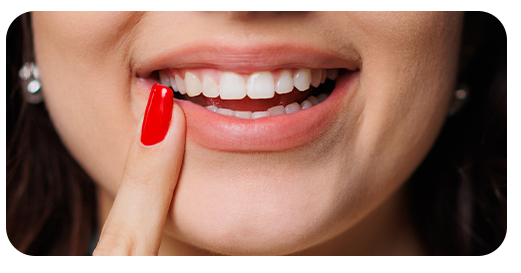

Conclusion Gum Grafting
🦷 Gum Grafting for Healthy Gums
Gum grafting is one of the most effective methods for improving gum health and addressing aesthetic concerns. Patients experiencing gum recession can achieve a healthy and aesthetically pleasing smile with this treatment. At LHC Clinic, our expert dentists provide the best treatment services. If you're experiencing gum recession and considering treatment options, feel free to contact us for more information.
Remember, with regular dental care and checkups, you can maintain healthy gums!
Frequently Asked Questions
Missing teeth can lead to:
• Shifting of adjacent teeth, causing bite problems
• Bone loss in the jaw over time
• Speech difficulties and chewing inefficiency
• Psychological effects, such as lowered self-esteem
Timely replacement with suitable dental prostheses can prevent these complications.
Effects of Smoking on Oral and Dental Health Smoking adversely affects oral health by: • Increasing the risk of gum disease • Delaying healing after dental procedures • Causing bad breath and staining teeth • Elevating oral cancer risk Quitting smoking improves oral health and the success of dental treatments.
Good for Teeth:
• Dairy products (yogurt, cheese) rich in calcium
• Crunchy vegetables and fruits that stimulate saliva
• Water and green tea, which help cleanse the mouth
Avoid or Limit:
• Sugary snacks and drinks
• Sticky candies
• Acidic foods and drinks like citrus fruits and soda
Balanced nutrition supports not only oral health but also overall well-being.
Tartar (calculus) is hardened plaque that cannot be removed by brushing alone. It
accumulates along the gumline and between teeth.
Treatment:
• Professional scaling and cleaning are required to remove tartar
• Regular cleanings help prevent its buildup
Preventing tartar starts with daily brushing, flossing, and routine dental visits.
Common mistakes in tooth brushing can harm oral health. These include:
• Brushing too hard, leading to enamel wear and gum irritation
• Using a toothbrush with hard bristles
• Neglecting to brush for at least two minutes
• Overlooking the gumline and tongue
Correct Technique:
Use a soft-bristled toothbrush at a 45-degree angle to the gums. Apply gentle, circular
motions and avoid scrubbing aggressively. Ensure you brush all surfaces of the teeth,
including the back and chewing surfaces.
